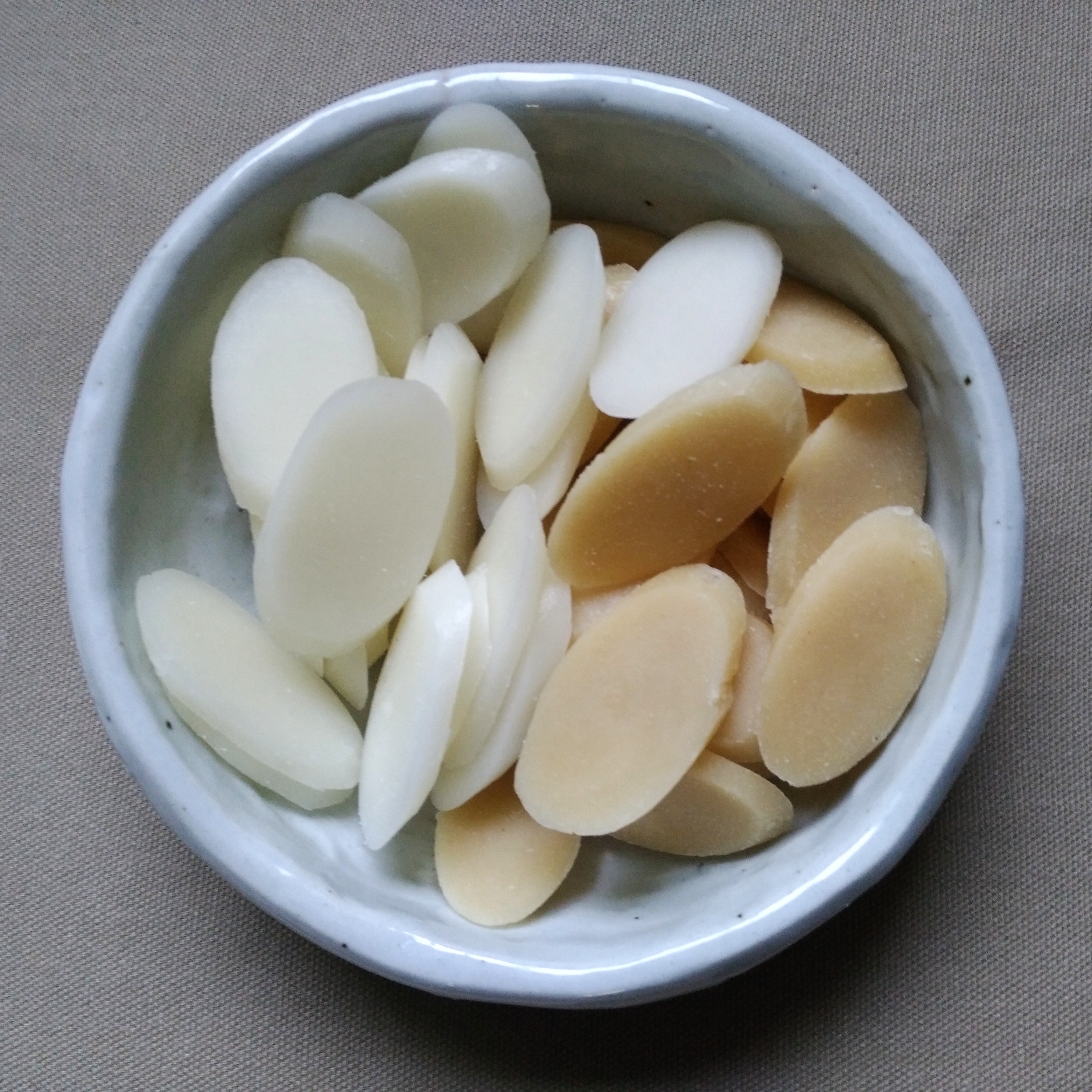Lunar new year is often associated in my mind with the middle of winter vacation, the streets full of snow or frozen over. And after over a month of rest from the end of the school year, you start to realize that you really need to make some giant progress on your school work in anticipation of going back in a month or so. As a side note, at least when I was going to elementary school, Korean school year was based on the calendar year. This means you start your school year in early spring and end the school year towards the end of the year. You get a long winter break because it gets very cold in Korea. That doesn’t mean you don’t have homework. You actually have tons as you prepare for the new grade.
Some of the interesting things about the new year in Korea:

by Sulkkun

by stuart_spivack (a flickr user)
- We celebrate both new year’s day. One that’s the normal calendar year and the lunar year. We call the normal one, 신정 and the lunar new year, 구정. When I was young, the government or people, whichever, couldn’t really make up their mind on which one was more important. People sometimes got extra days off for the regular new year for some years and other times, got extra days off for the lunar new year. Definitely confusing although as a school child, you were on vacation so it really didn’t matter.
- With the start of the near year (old and new), you age a year. So even if your birthday hasn’t passed, you are older. And well, since you are already a year old when you are born, sometimes the Korean age is 2 years older than what you expect. So we always have to be very specific when you are asking someone how old they are because they might be 2 years older by the U.S. standard.
- This extra age gain is associated with a specific traditional new year’s dish. Yes, there’s always food of some kind in Korean tradition. The most prominent dish associated with the New Year is the rice cake soup, 떡국 (literally translates to rice take soup). This is not the puffed rice thing that most people associate with rice cake. It is sort of rice bread you shape into a long rod and chop it into thin slices. Then you use the beef bone broth, add a bunch of garnishes. It is one of my many favorite and nostalgic dishes.
- Money giving custom. Like in other parts of Asia, we also do have money giving customs, but this is mostly for older parents and grandparents giving small amounts of money to younger children. Basically, a lot of parents dress up their kids in traditional Korean attire and take them to their parents. The children will wish the parents and grandparents to have a lot of luck that year (새해 복 많이 받으세요). In exchange, the parents and grandparents give children a little bit of cash. Obviously once you are a teenager, this no longer happens. And on top of that, the dressing in traditional costumes don’t usually happen either. Most people don’t wear traditional costumes other than during special events so purchasing them for kids is not really cost effective. There are rental services though.
- Traditional Korean game,Yut Nori (윳놀이). It’s a game with 4 pieces of wooden rod (carved) and a square piece of paper or fabric. Basically you throw the wood and move around the board based on what you get (like dice). I won’t bore you with specific rules. If you are really interested, you can search on the internet!

I just found your blog and it’s amazing to hear about your life and family! Like a little insight into history we never could learn about elsewhere.
Thank you for sharing
LikeLike
So glad you enjoyed… Thank you for your comment!
LikeLike